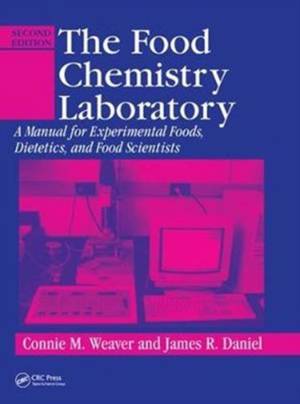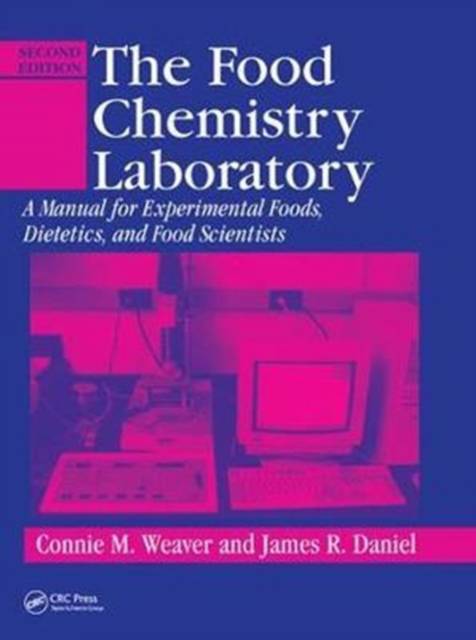
- Afhalen na 1 uur in een winkel met voorraad
- Gratis thuislevering in België vanaf € 30
- Ruim aanbod met 7 miljoen producten
- Afhalen na 1 uur in een winkel met voorraad
- Gratis thuislevering in België vanaf € 30
- Ruim aanbod met 7 miljoen producten
Zoeken
The Food Chemistry Laboratory
A Manual for Experimental Foods, Dietetics, and Food Scientists, Second Edition
Connie M Weaver, James R Daniel
€ 256,95
+ 513 punten
Uitvoering
Omschrijving
A popular book in its first edition, The Food Chemistry Laboratory: A Manual for Experimental Foods, Dietetics, and Food Scientists, Second Edition continues to provide students with practical knowledge of the fundamentals of designing, executing, and reporting the results of a research project. Presenting experiments that can be completed, in many cases, without requiring extensive student laboratory facilities, the authors include new exercises in the areas of physical properties, lipids, proteins, and gelatin. Also new in this edition are a brief introduction to each laboratory exercise and a listing of materials needed, approximate time needed for completion, and possible complications and/or pitfalls. Tested and refined for over 20 years, and performed by thousands of students, experiments are presented within 12 planned laboratory sessions. This flexible format allows you to create your own laboratory sessions by choosing the number and order of sessions and experiments to be performed. In addition to the well-tested experiments, The Food Chemistry Laboratory, Second Edition provides students with information on accessing food chemistry literature, research proposal preparation, preparing oral and written technical reports, and an evaluation score sheet. Guidelines for preparing laboratory notebooks are also included and a handy appendix allows rapid access to directions for setting up a difference testing experiment.
Specificaties
Betrokkenen
- Auteur(s):
- Uitgeverij:
Inhoud
- Aantal bladzijden:
- 150
- Taal:
- Engels
- Reeks:
Eigenschappen
- Productcode (EAN):
- 9781138426498
- Verschijningsdatum:
- 2/08/2017
- Uitvoering:
- Hardcover
- Formaat:
- Genaaid
- Afmetingen:
- 210 mm x 279 mm
- Gewicht:
- 439 g

Alleen bij Standaard Boekhandel
+ 513 punten op je klantenkaart van Standaard Boekhandel
Beoordelingen
We publiceren alleen reviews die voldoen aan de voorwaarden voor reviews. Bekijk onze voorwaarden voor reviews.











